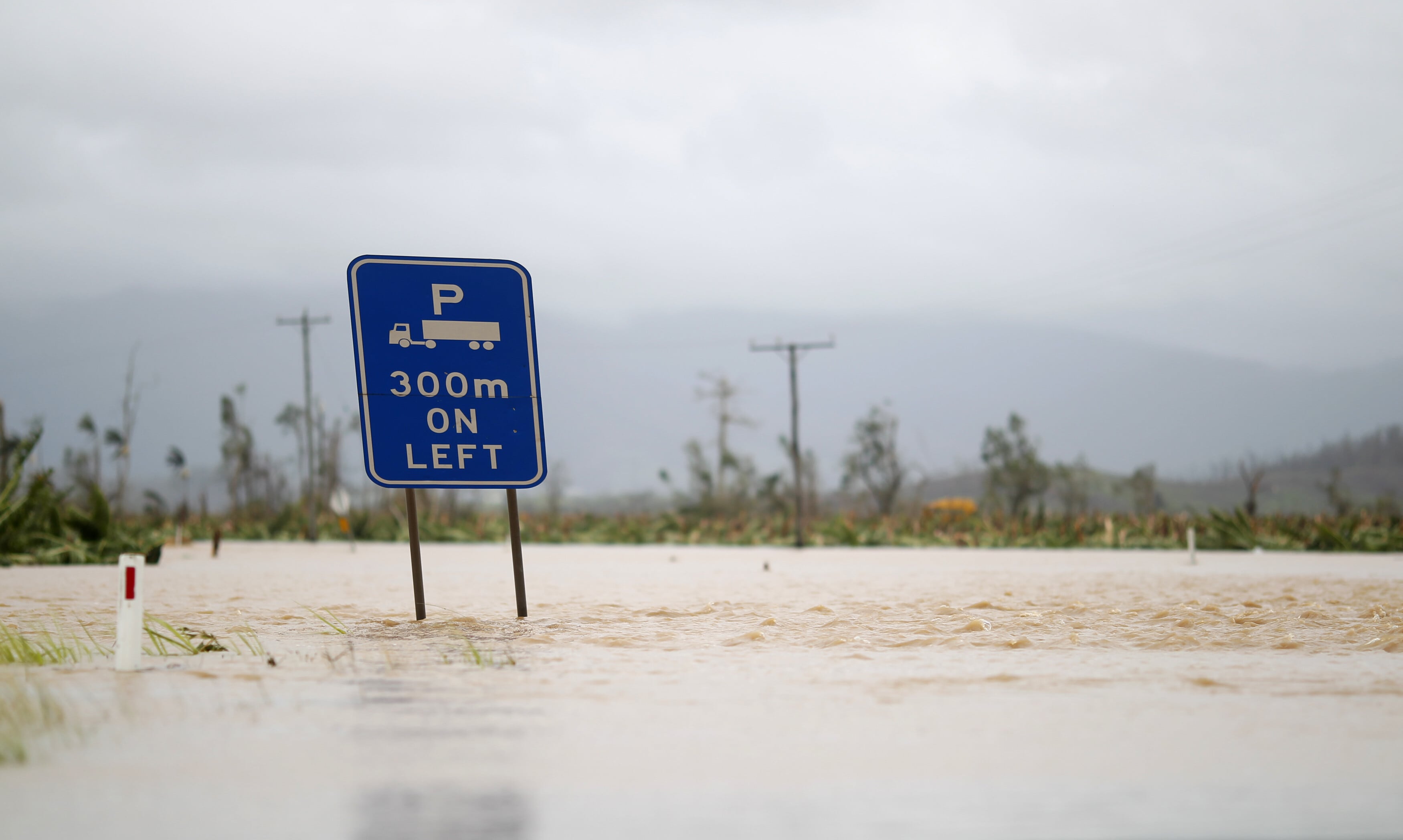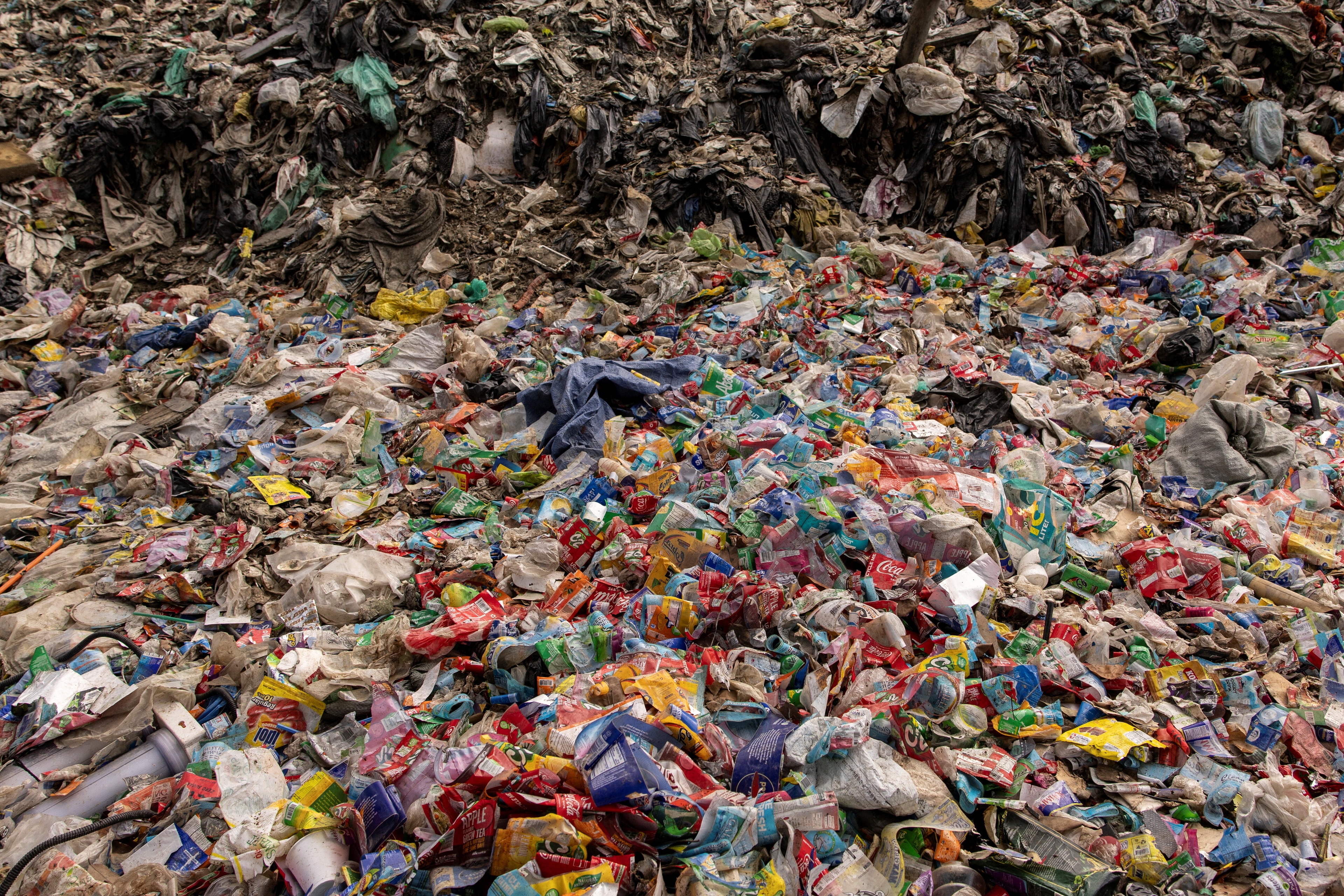These Andean communities are helping restore the world's highest forests
Native Polylepis forests are being restored by indigenous communities.
Image: ECOAN
Stay up to date:
Brazil
- Native Polylepis forests are being restored by indigenous communities in South America’s Andes mountains.
- The forests – which capture water from clouds and prevent landslides – are under threat.
- In Peru, as many as 100,000 Polylepis trees have been planted in a single day.
- Acción Andina partners aim to plant 10 million trees by 2024.
On the misty slopes of the High Andes, villagers are at work planting trees.
Some have bundles of seedlings tied to their backs, others have babies. They have been doing this for 20 years. Small teams like this have planted over 3 million trees.
The idea – to restore native Polylepis forest decimated by burning and grazing – was started in Peru by the conservation non-profit Asociación Ecosistemas Andinos (ECOAN). It is now being repeated with multiple partners across South America, from Ecuador to Argentina, and soon also Colombia, as ECOAN and its international partner Global Forest Generation (GFG) scale the project.
Ideas like this, that promote climate resilience by restoring or conserving existing forest, are at the heart of the World Economic Forum’s 1t.org project – a platform bringing together the trillion tree community. They are also vital to protecting the water that feeds the Amazon River.
Why Polylepis trees matter
Gnarled and twisted, with flaking red bark, native evergreen Polylepis trees look otherworldly in their cloud forests – “green scarves” beneath shrinking glaciers. Growing up to 5,000 metres above sea level, they are the highest-altitude trees in the world.
As well as being a magnet for endangered birds and other wildlife, Polylepis forests absorb and retain huge amounts of water from Andean clouds. This keeps the soils around them healthy, and mountain streams flowing.
What’s the World Economic Forum doing about deforestation?
These cloud forests are a significant source of the water that flows into the headwaters of the Amazon.
But for centuries, millions of these trees have been disappearing. In some areas just 1% of original forest survives; in others it is 10%. Since the Inca civilization, Polylepis wood has been used for cooking fires and building materials. Today, while many Andean peoples know the value of Polylepis, they have no choice but to make use of them.
Accept our marketing cookies to access this content.
These cookies are currently disabled in your browser.
Big plans
Since 2000, the Peruvian conservation NGO, ECOAN, has been working with local communities to help them plant new trees, and at the same time lessen the need to cut them down, through technology like solar panels. So far 1.3 million Polylepis (known as “Queuña” in the indigenous Quechua language) have been planted, and 3 million native trees overall.
Acción Andina is now scaling up this work throughout Andean communities across South America. It wants to restore 1 million hectares of High Andean mountain ecosystems. This will involve protecting the remaining half a million hectares of Polylepis forest across six countries, and reforesting half a million more.
Many local communities are enthusiastic. There is now an annual Polylepis tree-planting festival in Peru – Queuna Raymi. As many as 100,000 have been planted in a single day. Children and elders climb the mountain to plant together.
Tree planting builds on established indigenous traditions: GFG explains that Quechua-speaking Inca descendants in the Andes practice “Ayni and Minka”, shared community service for mutual benefit.
Accept our marketing cookies to access this content.
These cookies are currently disabled in your browser.
Conserving communities
Global Forest Generation says there is potential for 10 million trees to be planted per year, or more. But the project is also about sustainable development – a significant aspect of the World Economic Forum’s goal of bringing partners together to plant 1 trillion trees.
“Bringing back forests means ensuring the future of indigenous cultures,” says Constantino Aucca Chutas, indigenous leader and President of ECOAN.
Work is also taking place to give the project a solid foundation. “Conservation partners in each country enable communities to secure titles to their land, which reinforces identity and provides legal protection from exploitation,” Florent Kaiser, Executive Director of Global Forest Generation tells the UN Environment Programme.
“We are in the process of building the infrastructure to make individual projects and the whole initiative investable.”
Acción Andina is a partnership initiative and is currently implemented by:
- Asociación Ecosistemas Andinos (ECOAN), Peru (https://www.ecoanperu.org/)
- Andean Adventures
- Asociación Civil Armonia (www.armoniabolivia.org
- Aves y Conservación (www.avezyconservacion.org)
- Centro de Biodiversidad y Genetica, Universidad Mayor de San Simón, Bolivia
- Quito Water Fund (FONAG) (http://www.fonag.org.ec/web/)
- National Forest Corporation of Chile (CONAF) (link: https://www.conaf.cl/)
- Ecosistemas Argentinos (www.ecosistemasarg.org.ar)
Don't miss any update on this topic
Create a free account and access your personalized content collection with our latest publications and analyses.
License and Republishing
World Economic Forum articles may be republished in accordance with the Creative Commons Attribution-NonCommercial-NoDerivatives 4.0 International Public License, and in accordance with our Terms of Use.
The views expressed in this article are those of the author alone and not the World Economic Forum.
Related topics:
Forum Stories newsletter
Bringing you weekly curated insights and analysis on the global issues that matter.
More on Nature and BiodiversitySee all
María Daniela Limongi Izaguirre, Edwin Josue Castellanos and Marisol Argueta de Barillas
September 22, 2025
Michael Donatti and Benoit Bégot
September 19, 2025
Tom Crowfoot
September 18, 2025
Caroline Meech and Sakshee Singh
September 17, 2025
Tania Strauss and Beverley Postma
September 17, 2025
Metolo Foyet
September 16, 2025







